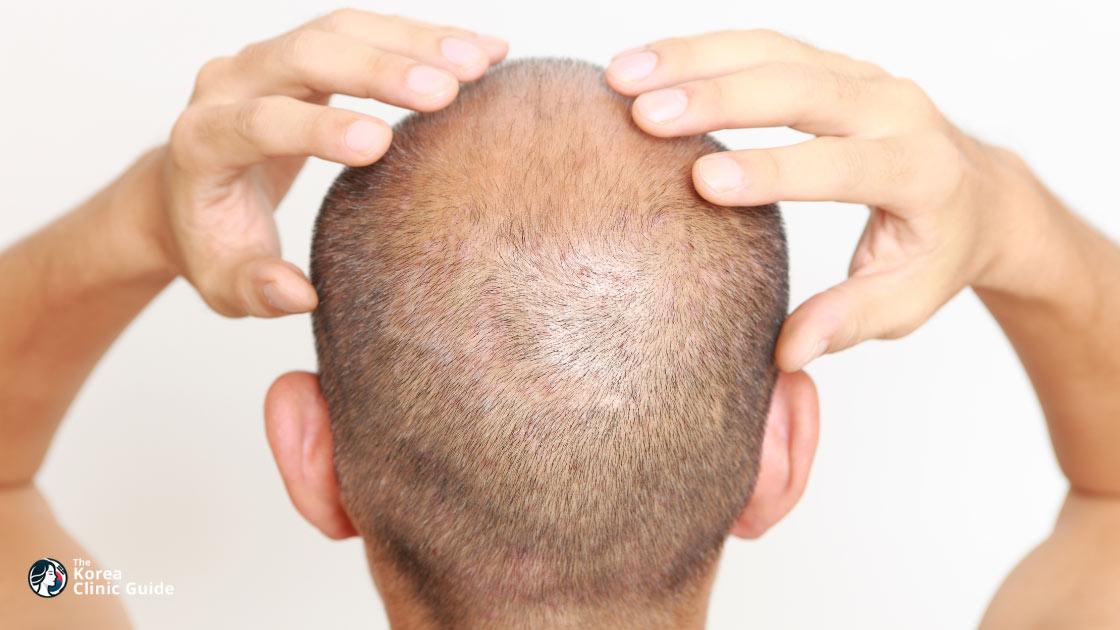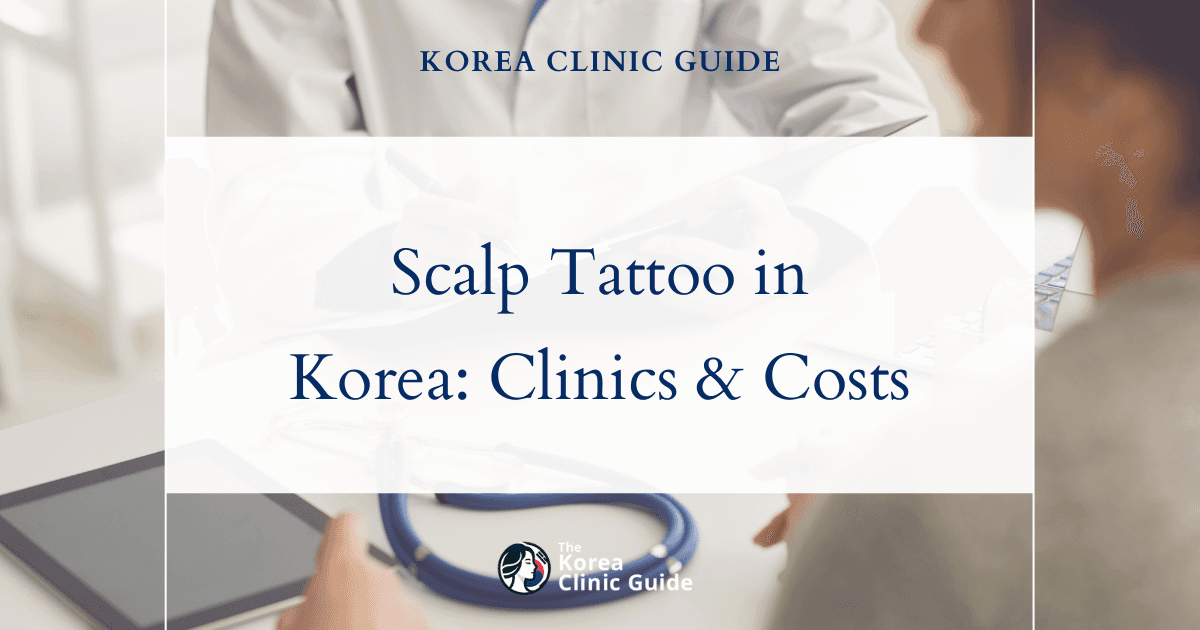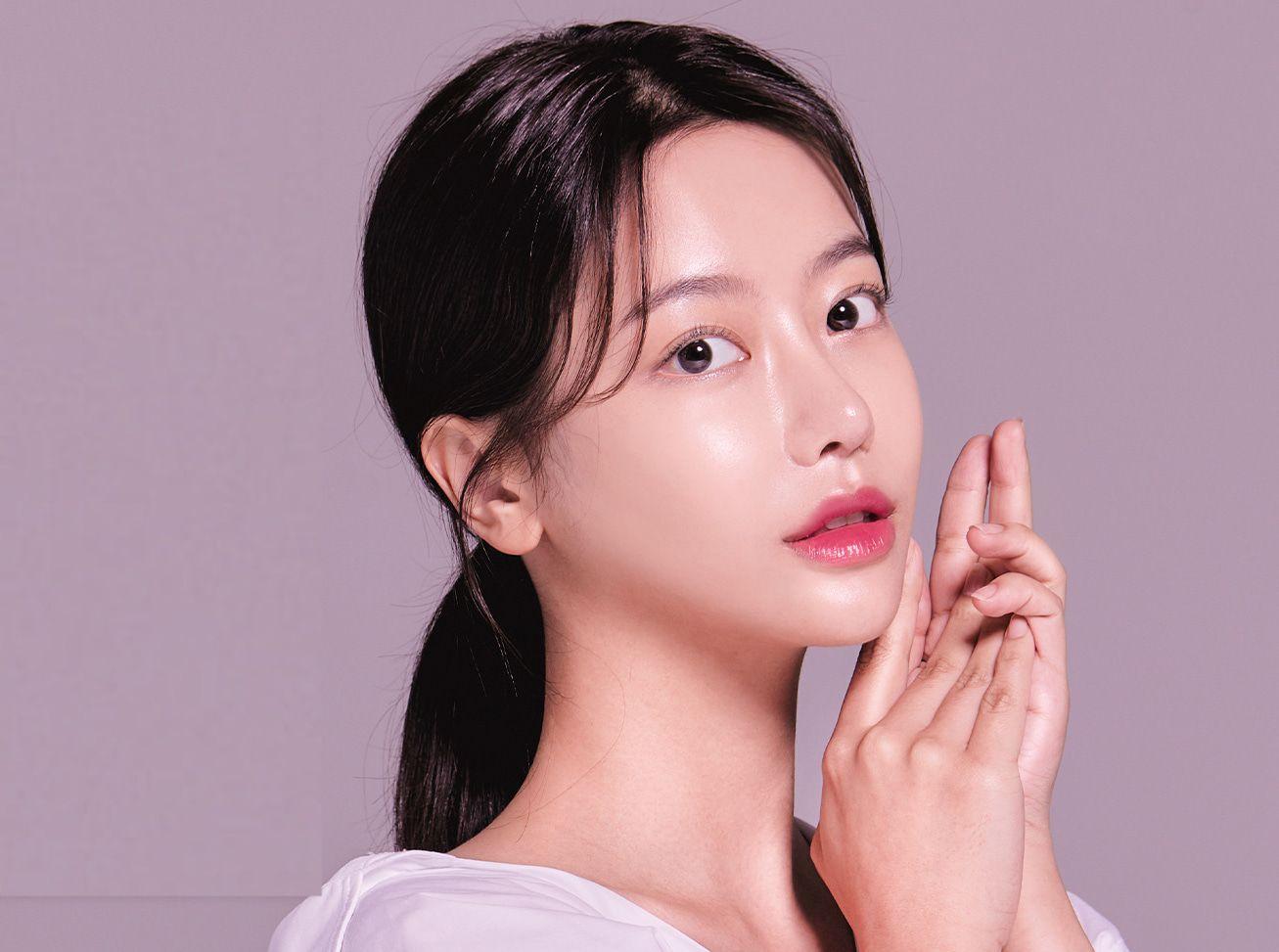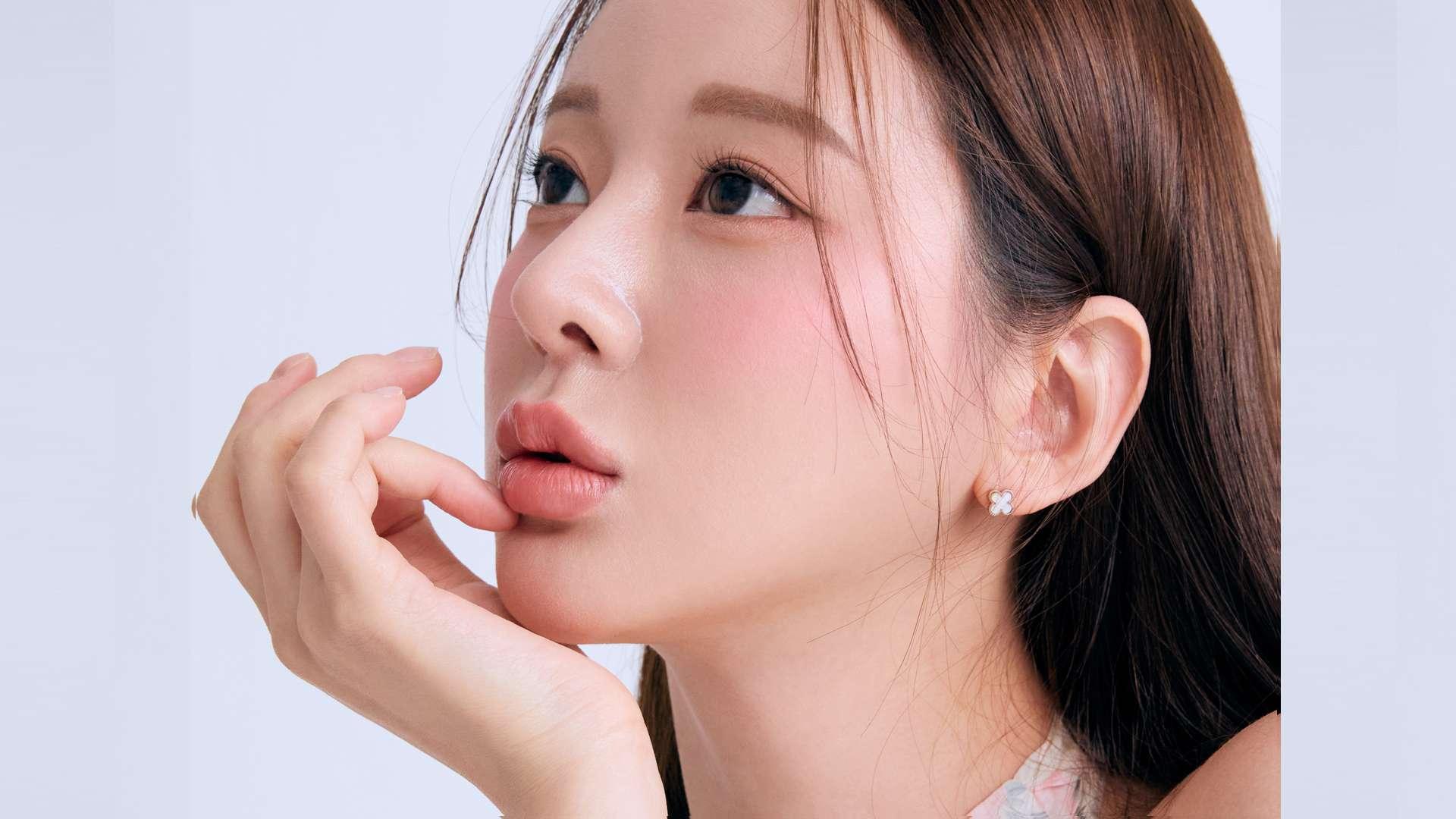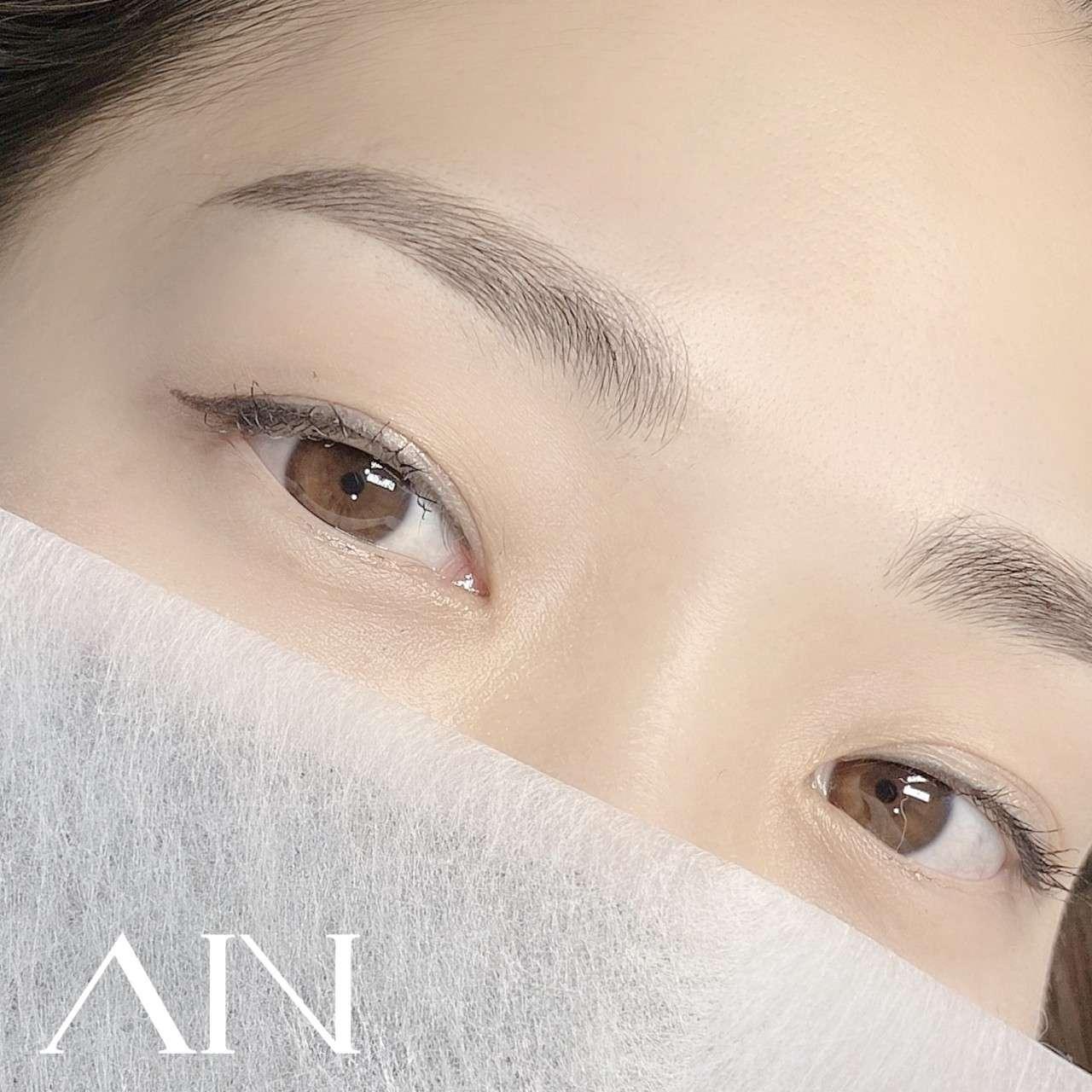Medical Tourism Blog
Microblading in Korea | Best Clinics, Costs, Procedure Types & More
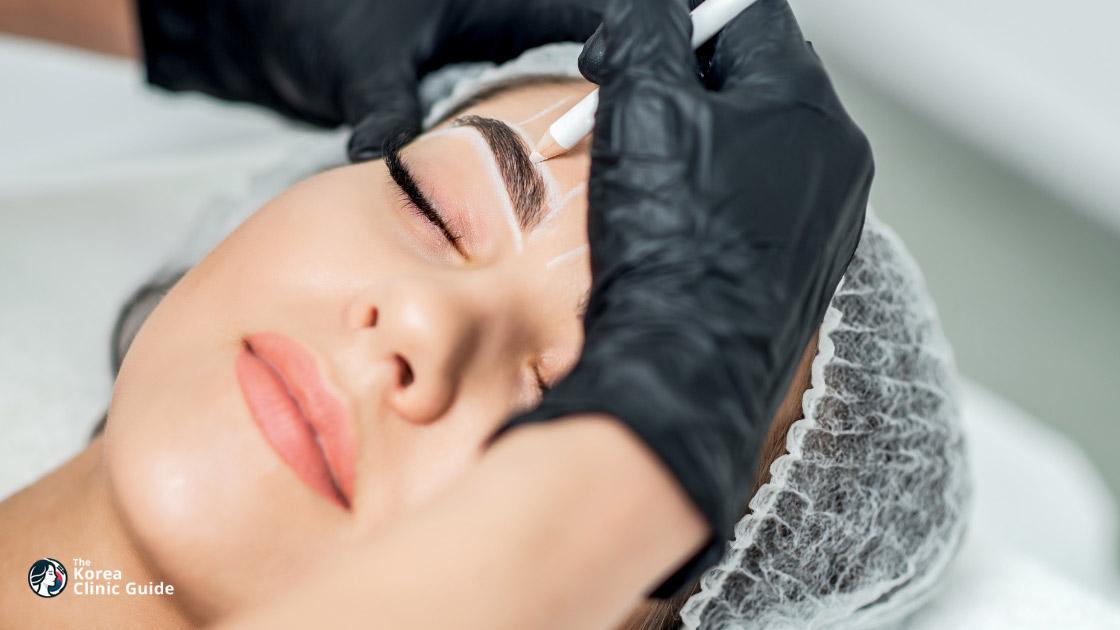
Table of contents
- What Is Microblading?
- Best Clinics in Korea for Microblading
- Getting Microblading in Korea
- Cost of Microblading in Korea
- Alternatives to Microblading
- Conclusion
Considering treatment in Korea? Everything you need to know e.g. — how to avoid scams, visas, interpreters, recovery tips — in our Medical Tourism Master Guide. Plan with confidence in minutes, not weeks!
Have you ever considered transforming your eyebrows from sparse to spectacular? Microblading, a semi-permanent makeup trend sweeping across Korea, offers a precise and natural solution for those seeking impeccably shaped brows. Known for its meticulous beauty standards, Korea has become a global hotspot for this innovative technique, providing expertly crafted results that meet the highest aesthetic expectations.
What Is Microblading?
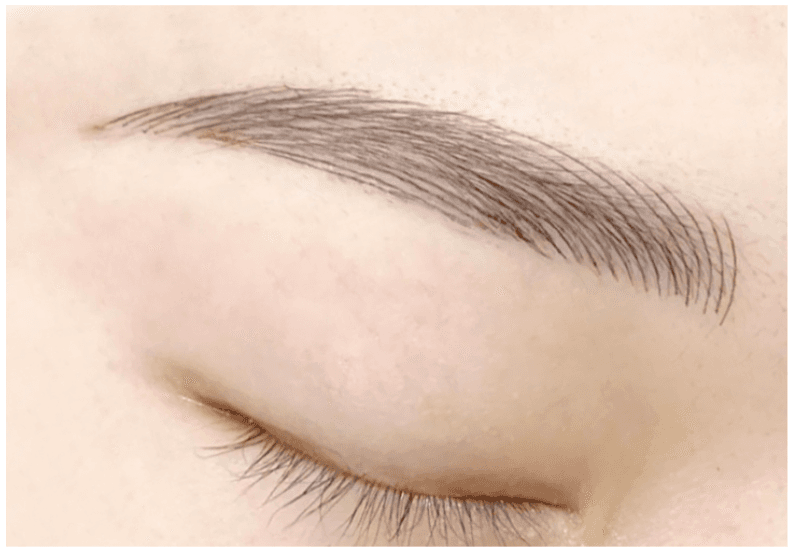
Microblading is a semi-permanent cosmetic procedure designed to enhance the appearance of eyebrows by depositing pigment into the skin using a manual tool. Unlike traditional eyebrow tattooing, which employs electric-powered machines, microblading utilizes a handheld instrument equipped with ultra-fine needles to create precise, hair-like strokes that mimic natural brow hairs.
The process begins with a thorough consultation where the technician assesses the client's facial structure, skin type, and desired brow shape. This initial stage is crucial for customizing the procedure to fit individual needs and ensuring that the results are both natural and aesthetically pleasing.
Once the desired brow shape is agreed upon, the technician draws a preliminary outline on the client's skin. This outline acts as a guide during the microblading process and can be adjusted according to the client's preferences.
Next, a topical anesthetic is applied to minimize discomfort. After the numbing cream takes effect, the technician carefully dips the microblading tool into the pigment and starts making fine incisions in the epidermal layer of the skin. Each stroke is meticulously placed, following the natural growth pattern of eyebrow hairs, to create a realistic appearance.
The pigments used in microblading are typically composed of natural minerals, ensuring they fade over time in a manner consistent with natural eyebrow hair. This gradual fading necessitates periodic touch-ups, usually every 12-18 months, to maintain the desired look.
Microblading can address various aesthetic concerns, including sparse or thin eyebrows, asymmetric brows, or complete eyebrow loss due to medical conditions such as alopecia. The procedure's popularity stems from its ability to provide immediate, transformative results with minimal downtime. While some swelling and redness may occur post-procedure, most clients can resume their regular activities within a day or two.
It's important to note that microblading, although generally safe, carries some risks. Potential complications include infection, allergic reactions to the pigment, and poor-quality results if performed by an inexperienced technician. Therefore, it is essential to choose a certified and experienced practitioner to ensure optimal outcomes.
Pre-procedure and post-procedure care are vital elements of the microblading process. Clients are typically advised to avoid certain medications, skin treatments, and activities like tanning that could affect skin integrity before undergoing the procedure. Aftercare instructions often include keeping the treated area dry, avoiding makeup and heavy sweating, and applying recommended ointments to aid healing and pigment retention.
Who is Microblading for?
- Individuals with sparse or thin eyebrows
- People experiencing hair loss or thinning due to medical conditions, such as alopecia or chemotherapy
- Those looking to correct asymmetrical eyebrows
- Individuals wanting to save time on daily makeup routines
- Athletes or active individuals who want long-lasting, smudge-proof eyebrows
- People dissatisfied with the shape of their natural eyebrows
Best Clinics in Korea for Microblading
Listed below are the best clinics in Korea for microblading:
| Clinic Name | Key Features | Special Techniques |
|---|---|---|
| Three Wishes Clinic - Myeongdong | Minute’s walk from Myeongdong Station exit 9; exceptional satisfaction rate; emphasizes safety, professionalism, and modern technology; extensive facial and body enhancement services; welcoming environment | Botox, fillers, fat dissolving injections, thread lifting, vaginal rejuvenation, CO2 laser resurfacing, laser hair removal, Shurink, Rejuran Healer, semi-permanent makeup (eyebrow microblading) |
| Angelmi Clinic | Leading urology and dermatology center; men’s health services including BPH and prostate cancer screening; robust urinary incontinence program; treatment for UTIs, kidney stones, erectile dysfunction, and hormonal imbalances; therapeutic and aesthetic dermatology | Skin treatments for acne, eczema, psoriasis, and cancer; laser therapies; skin rejuvenation; cosmetic dermatology; individualized care for microblading and enhancements |
| Yep Clinic | Located in Apgujeong; focus on microblading; expert team; client-centered environment; advanced technology; renowned for facial aesthetics and eye treatments | Facial contouring, skin transformation, personalized microblading, dedicated eye-related enhancements |
Three Wishes Clinic - Myeongdong
Three Wishes Clinic, conveniently located just a minute’s walk from Myeongdong Station exit 9 in the heart of Seoul, has established itself as a premier destination for those seeking advanced aesthetic treatments. Renowned for its exceptional satisfaction rate as reflected in numerous positive patient reviews, the clinic upholds safety, professionalism, and the latest in medical technology across a broad spectrum of services. Patients can explore various facial and body enhancement options, including Botox, fillers, fat dissolving injections, and minimally invasive thread lifting, all performed by experienced professionals in a modern, welcoming environment.
What truly sets Three Wishes Clinic apart is its comprehensive approach to beauty and wellness, offering everything from vaginal rejuvenation procedures to a wide variety of skin treatments such as CO2 laser resurfacing, laser hair removal, and innovative options like Shurink and Rejuran Healer. For those seeking lasting, natural-looking enhancements to their facial features, the clinic’s semi-permanent makeup services—including eyebrow microblading—are particularly popular, helping clients achieve effortless beauty with precise and long-lasting results. Whether you’re a local resident or visiting Seoul, Three Wishes Clinic in Myeongdong offers world-class aesthetic solutions tailored to your unique needs.
You can check out their website here: Three Wishes Clinic - Myeongdong Website

Angelmi Clinic
Angelmi Clinic stands out as a leading medical center in Korea, offering a wide array of specialized services within the fields of urology and dermatology. With expertise ranging from the diagnosis and treatment of benign prostatic hyperplasia (BPH) to advanced prostate cancer screening and management, the clinic is dedicated to comprehensive men’s health and general urology. Angelmi Clinic also provides a robust urinary incontinence program, treatment for urinary tract infections and kidney stones, and personalized care for issues such as erectile dysfunction and hormonal imbalances.
Beyond medical therapies, Angelmi Clinic’s skin clinic offers both therapeutic and aesthetic dermatological treatments, addressing conditions like acne, eczema, psoriasis, and skin cancer, as well as providing cutting-edge cosmetic procedures including laser therapies and skin rejuvenation techniques. By tailoring each treatment plan to the individual and incorporating the latest medical advancements, Angelmi Clinic ensures high standards of patient comfort, safety, and effective outcomes—making it an excellent choice for those seeking microblading and other dermatological enhancements in Korea.
Find more about this clinic here: Angelmi Clinic Website
Yep Clinic
Yep Clinic, located in the heart of Apgujeong, stands out as the top destination for microblading in Korea thanks to its commitment to enhancing natural beauty through expert care and cutting-edge techniques. As a leader in aesthetic and medical procedures, Yep Clinic brings together a team of experienced professionals who utilize state-of-the-art technology to deliver consistently safe and beautiful results. Their comprehensive approach to facial aesthetics, including advanced facial contouring, skin transformations, and dedicated eye treatments, ensures that every microblading procedure is tailored precisely to each client’s unique facial features and personal desires. With a strong reputation for excellence across a variety of cosmetic services, Yep Clinic offers unparalleled expertise and a welcoming, client-centered environment, making it the best choice for those seeking the most refined and natural-looking microblading outcomes in Korea.
Find more about this clinic here: Yep Clinic Website
Getting Microblading in Korea
Microblading is a semi-permanent cosmetic procedure aimed at enhancing the appearance of the eyebrows. In Korea, this procedure has gained significant popularity due to the high beauty standards and advanced aesthetic techniques prevalent in the country. Here, we delve into the meticulous process of microblading in Korea, which is renowned for its precision and adherence to safety protocols.
Preparation
Before the procedure begins, a comprehensive consultation is conducted to understand the client's expectations and desired eyebrow shape. The practitioner assesses the client's skin type, natural eyebrow shape, and bone structure to determine the most suitable design. This step is crucial to ensure that the final outcome complements the client’s facial features.
Numbing
To minimize discomfort during the procedure, a topical anesthetic is applied to the eyebrow area. This numbing cream typically takes about 20 to 30 minutes to take effect. Some clinics may use a secondary numbing agent during the procedure to ensure continuous comfort.
Designing the Eyebrows
The next step involves outlining and designing the eyebrows. The practitioner uses a pencil to draw the proposed shape directly onto the client’s skin. This blueprint acts as a guide for the microblading process. The client is usually involved in this step, providing feedback to achieve the desired shape and thickness. In Korea, this step is often meticulous, with practitioners using precise measuring tools to ensure symmetry and balance.
Microblading Process
Microblading involves the use of a handheld tool equipped with fine needles to create hair-like strokes on the epidermis layer of the skin. The practitioner carefully dips the tool into a pigment that matches the client’s natural eyebrow color and begins to create individual strokes in the outlined area. Each stroke is carefully placed to mimic the natural direction and growth of the client's eyebrow hair.
Pigment Application
The pigment used in Korean microblading is typically of high quality, ensuring longevity and natural appearance. The practitioner continually dips the microblading tool into the pigment and applies it into the small cuts made by the needles. This process is repeated until the desired fullness and shape are achieved.
Final Touches
Once the microblading is complete, the practitioner cleans the area and applies a soothing ointment to help with healing. The client is given aftercare instructions, which are vital for the longevity of the microblading results. These instructions usually include avoiding water, sweat, and sun exposure for a few days, and applying a healing balm to the treated area.
Follow-Up Appointment
A follow-up appointment is typically scheduled 4 to 6 weeks after the initial procedure. During this session, the practitioner assesses the healed eyebrows and performs any necessary touch-ups. This step ensures that any minor inconsistencies are corrected, and the color retention is optimal.
Safety and Hygiene
Korean clinics are known for their strict adherence to hygiene standards. Sterilization of tools and use of disposable needles are standard practices. Prior to the procedure, practitioners often ensure that the environment is sterile and that all instruments are properly sanitized.
Expertise and Training
Practitioners in Korea undergo rigorous training and certification processes. Many have backgrounds in professional makeup artistry or aesthetic treatments, providing them with a comprehensive understanding of facial anatomy and cosmetic techniques. This expertise is reflected in the high quality of microblading results seen across Korean clinics.
| Procedure Price | Korean Won (₩) | USD ($) |
|---|---|---|
| Low Price | ₩600,000 | $400 |
| High Price | ₩2,000,000 | $1500 |
Exchange rate as of 2025-05-22: 1 KRW = 0.0007 USD
Please note that these prices are approximate guidelines and can vary significantly based on the clinic and your individual circumstances.
Cost of Microblading in Korea
Microblading, a semi-permanent tattooing technique for enhancing the appearance of eyebrows, has gained considerable popularity around the world. South Korea, renowned for its advanced beauty industry, offers this service at competitive prices.
In Korea, the average cost of a microblading session typically ranges from $200 to $500 USD. The price can vary depending on the reputation of the clinic, the expertise of the technician, and the specific location within the country.
When comparing this to other countries, significant differences in pricing become evident. In the United States, for instance, the cost of microblading can be substantially higher. The average price in metropolitan areas such as New York or Los Angeles tends to range from $600 to $1,500 USD. This higher cost can be attributed to the elevated operational costs and high demand for premium beauty services in the country.
In Europe, the cost of microblading shows a varied range. For example, in the United Kingdom, clients can expect to pay between £300 to £800 GBP (approximately $400 to $1,100 USD) for a session, similar to the pricing seen in high-end clinics in the US. On the other hand, Eastern European countries such as Poland and Hungary offer more competitive rates, with prices ranging from €150 to €400 EUR (approximately $160 to $430 USD).
In Canada, the cost of microblading is somewhat comparable to that in the US, typically falling within the $500 to $1,200 CAD range (approximately $400 to $950 USD). Meanwhile, Australia presents a pricing spectrum similar to that of Canada and Europe, with sessions costing between $500 to $1,200 AUD (approximately $350 to $850 USD).
Asian countries apart from Korea also display diverse pricing. In Japan, the cost of microblading is relatively higher, averaging between ¥50,000 to ¥100,000 JPY (approximately $450 to $900 USD). Conversely, in Southeast Asian countries like Thailand and Vietnam, the costs are lower, averaging around $100 to $300 USD.
Considering these comparisons, South Korea emerges as an attractive destination for microblading, combining high standards of practice with relatively affordable costs.
Alternatives to Microblading
If you're considering alternatives to microblading, there are several options that might meet your needs. These alternatives can offer similar benefits to enhance the appearance of your brows without the same level of commitment or potential complications.
1. Microshading
Microshading is often referred to as "powder brows" or "ombre brows." Unlike microblading, which uses fine strokes to mimic hair, microshading employs a stippling method that involves the use of a fine-tipped needle to create tiny dots over the brow area. This technique gives the brows a softer, powdered look that mimics the appearance of makeup. The results can last up to two years, and the procedure is generally less painful than microblading, making it an excellent alternative for those with sensitive skin.
2. Brow Lamination
Brow lamination is another non-invasive procedure that has gained popularity as a microblading alternative. This technique involves applying a chemical solution to the brows to straighten and raise the hairs, making them appear fuller and more polished. This process can address issues such as gaps, thinning, and unruly hairs without the need for needles or pigment. Typically, the effects last for about six to eight weeks, making it a lower-commitment option compared to more permanent methods.
3. Henna Brows
Henna brows utilize a natural dye derived from the henna plant to stain the skin beneath the brow hairs. This method can create a fuller and more defined brow appearance that lasts for up to six weeks. One of the significant advantages of henna brows is that it provides a more natural and skin-friendly option, as henna is generally free from harsh chemicals. This alternative is ideal for individuals looking for a semi-permanent change without the invasiveness of methods like microblading or microshading.
Conclusion
In conclusion, microblading in Korea has become a highly sought-after cosmetic procedure owing to the country's expertise, advanced techniques, and profound emphasis on beauty standards. Korean practitioners combine cutting-edge technology with meticulous artistry to deliver natural, long-lasting results that align perfectly with the global beauty trends. With a strong focus on safety, hygiene, and customized client care, Korea remains a leading destination for individuals seeking flawless, semi-permanent eyebrow enhancements. Whether driven by aesthetic goals or the quest for convenience, those considering microblading can find reassurance in Korea's renowned beauty industry and its commitment to excellence.

